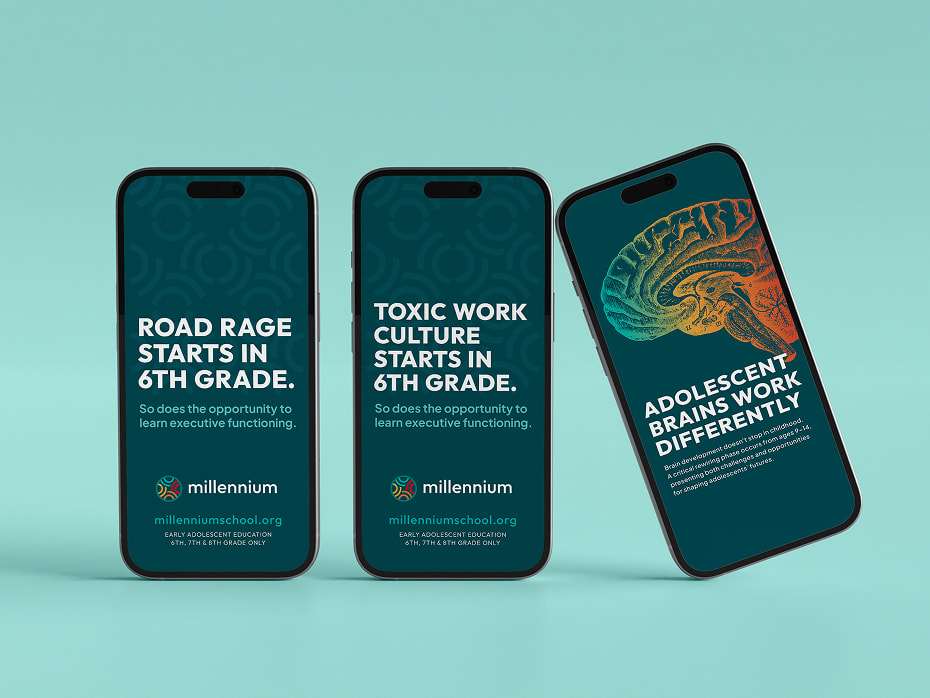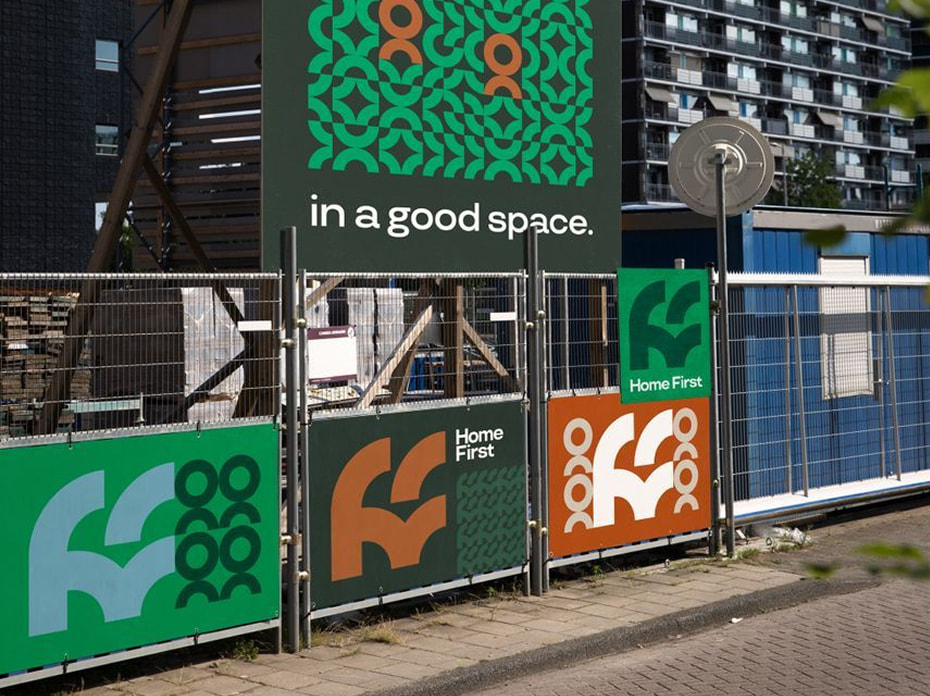The Hidden Cost of Strategic Complexity
Complexity addiction affects organizations like decision fatigue affects individuals. Behavioral psychology research shows that when faced with too many choices, people make poor decisions or avoid deciding. Strategy suffers the same fate.
TOURISM BRANDING AND POSITIONING
Consider Columbia County Tourism. They believed they needed to compete with Oregon’s major destinations until we revealed their advantage lay in not being a destination. Their perceived weakness—being forgettable and scattered—became their strength when repositioned as “a place of wander” for day-trippers seeking unstructured respite.
The breakthrough came through subtraction, not addition.









